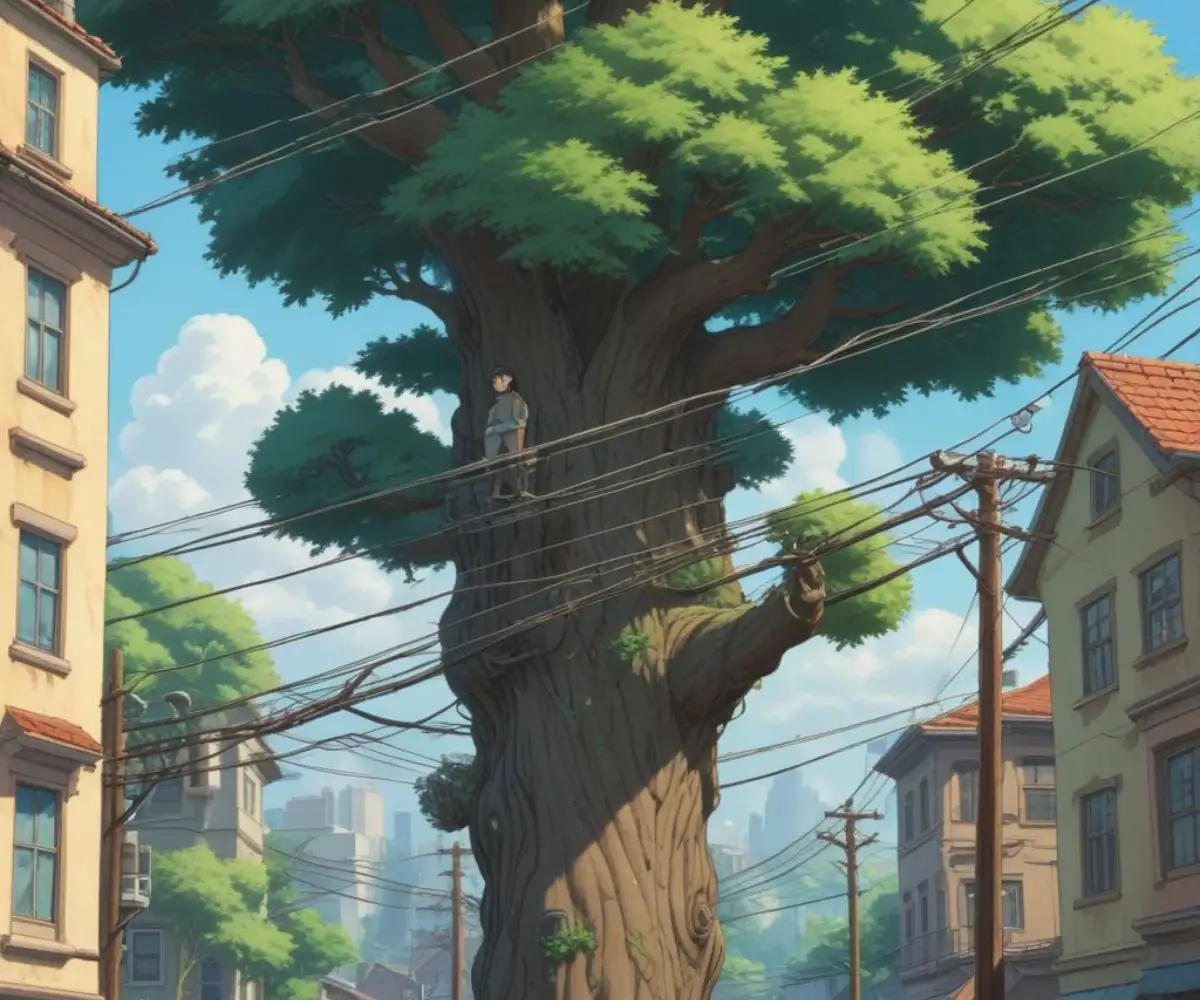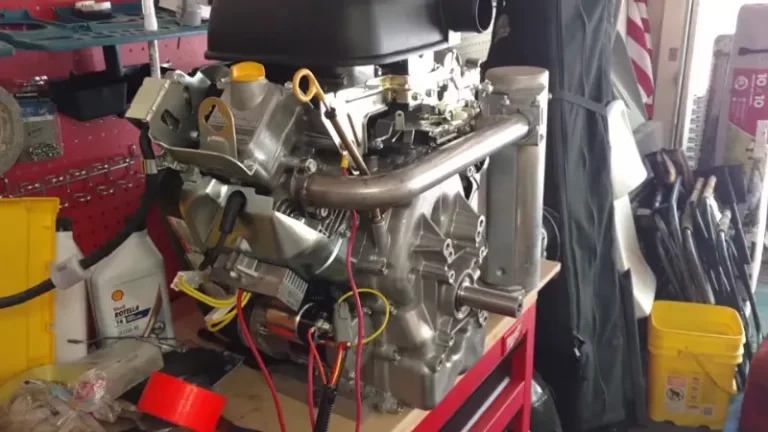Neighbor’s Tree on My Power Line? Your Urgent Action Plan
There’s a specific kind of anxiety that comes from looking out your window and seeing it: a heavy branch from your neighbor’s beloved oak tree resting ominously on the power line to your house. It’s a scenario that feels fraught with danger, confusion, and the potential for awkward conversations. You’re not just worried about a power outage; you’re thinking about fire hazards, property damage, and the delicate balance of neighborhood peace.
This situation is far more common than you might think, and the path to resolving it is often clouded with misinformation. Who is actually responsible? What should your first step be? This guide provides a clear, actionable plan to safely and effectively deal with a neighbor’s tree on your power line, protecting your property and preserving your sanity.
You'll Learn About
The Immediate Danger: Why You Can’t Ignore This Problem
First, let’s be clear: a tree branch on a power line is an emergency in the making. It’s not just a cosmetic issue or a minor inconvenience. The risks are severe and require immediate attention to prevent a potentially catastrophic event.
Overhead power lines are often not insulated, and the weight of a tree branch can strip away any protective coating, creating a direct path for electricity. This leads to several critical dangers, including electrocution and fire risks. Even if the branch doesn’t cause an immediate spark, constant friction from rubbing against the line can wear down the wire, eventually leading to a failure.
Understanding the Risks
The primary hazard is, of course, a power outage. A falling branch can easily snap the line, cutting off electricity to your home and potentially others in the neighborhood. Beyond the inconvenience, there are more severe threats. A live wire that falls to the ground can energize fences, puddles, and the ground itself, creating a lethal hazard for anyone nearby.
Furthermore, the friction and electrical arcing between the branch and the wire can ignite the tree, leading to a fire that could quickly spread to your home or your neighbor’s property. It’s a situation that escalates quickly, which is why procrastination is not an option. Recognizing the gravity of the situation is the first step toward resolving it safely.

Who Is Responsible? Unraveling the Confusion
One of the biggest points of confusion is determining who is responsible for fixing the problem. Is it you, your neighbor, or the utility company? The answer depends almost entirely on which wire the tree is touching.
In short, utility companies are typically responsible for maintaining the main power lines, but homeowners are often responsible for the specific line that runs from the utility pole to their house. This crucial distinction dictates your first phone call.
The Utility Company’s Role
Electric utility companies are generally responsible for clearing trees and vegetation around the main, high-voltage power lines that run from pole to pole. They have a legal right, known as a utility easement, to access private property to maintain these lines and ensure reliable service for the public. Most utilities conduct regular tree trimming cycles to prevent contact with these primary wires.
If your neighbor’s tree is touching one of these main lines, the responsibility almost always falls on the power company. They have the specialized equipment and trained personnel to handle the job safely. Never attempt to trim branches near a primary power line yourself; the risk of electrocution is extremely high.
The Homeowner’s Responsibility: The Service Drop
The situation changes when the tree is touching the “service drop.” This is the smaller, often insulated wire that runs from the main utility pole directly to your house. In most jurisdictions, the maintenance of trees and vegetation around the service drop is the homeowner’s responsibility.
This is where it gets complicated with a neighbor’s tree. While the branch is over your property and affecting your service line, the tree’s trunk is on your neighbor’s property. This shared involvement requires communication and a clear understanding of local laws and ordinances.
| Type of Power Line | Primary Responsibility | Recommended First Action |
|---|---|---|
| Main Line (Pole-to-Pole) | Utility Company | Call your electric utility company immediately. |
| Service Drop (Pole-to-House) | Homeowner(s) | Call your electric utility for guidance; then talk to your neighbor. |
| Communication Lines (Cable/Internet) | Respective Communication Company | Contact your cable or internet provider. |
Your Step-by-Step Action Plan
Now that you understand the stakes and the responsibilities, it’s time to act. Follow these steps methodically to ensure a safe and effective resolution. Acting rashly or making assumptions can worsen the situation.
Your priorities are safety, clear communication, and documentation. Do not attempt any DIY solutions, and always defer to the professionals when dealing with electricity. This structured approach will help you navigate the process without escalating the problem.
Step 1: Assess and Document (From a Safe Distance)
Your first step is to observe the situation from a safe distance. Do not go near the tree or the power line. Use your phone to take clear photos and videos of the branch on the wire. Document the date and time.
This visual evidence will be invaluable when you speak with the utility company and your neighbor. It provides a clear, objective record of the hazard. Make sure your photos capture the proximity of the branch to the wire and where the tree is located on your neighbor’s property.
Step 2: Contact the Utility Company Immediately
Regardless of whether it’s the main line or the service drop, your first call should be to your electric utility provider. Their emergency number is usually printed on your bill and their website. Explain the situation clearly and calmly, stating that a tree branch is resting on a power line.
The utility company will likely send a crew to assess the situation. Even if the service drop is technically your responsibility, they need to be involved. They can advise on the best course of action and, if necessary, temporarily disconnect power to your home so the branch can be removed safely by a professional arborist.
Step 3: Communicate Calmly with Your Neighbor
This can be the most challenging step, but it’s crucial. Approach your neighbor with a calm, problem-solving attitude. Avoid accusatory language; they may not even be aware of the problem. Show them the photos you took and explain the potential danger.
Frame the conversation around shared safety. Say something like, “I noticed a branch from your tree is on my power line, and I’m concerned about the fire risk for both of our homes. I’ve already called the utility company to get their assessment.” This collaborative approach is much more effective than starting a dispute. Often, the cost of dealing with home issues can be a surprise, which might explain why are front doors so expensive, as unexpected repairs can quickly add up for any homeowner.
Step 4: Hire a Qualified Professional
If the utility company confirms that the branch is on the service drop and is the homeowner’s responsibility, you and your neighbor will need to hire a professional tree trimming service. Do not hire a general landscaper. You need a certified arborist who is licensed, insured, and has specific experience working near power lines.
Ask for proof of insurance, specifically liability and worker’s compensation. Working near electrical wires is incredibly dangerous, and you want to be protected from any accidents. The arborist will coordinate with the utility company to have the power temporarily shut off before they begin work.
Navigating Legalities and Costs
Generally, the law states that a property owner is responsible for trimming branches that overhang onto a neighboring property. This means your neighbor may be responsible for the cost of hiring the arborist. However, laws can vary by location, and a cooperative approach is always best.
Discuss the cost with your neighbor. If they are resistant, you may need to send a certified letter outlining the hazard and their responsibility. In most cases, though, a friendly conversation and a shared desire for safety will be enough to reach an agreement to split the cost or have the tree owner cover it.
Preventing Future Problems
Once the immediate danger is resolved, it’s a good time to think about prevention. Encourage your neighbor to have their trees professionally inspected and pruned regularly, especially those near power lines. Proactive maintenance is always cheaper and safer than dealing with an emergency.
This entire process, from identifying the hazard to finding a solution, is a part of responsible homeownership. It’s similar to other maintenance tasks around the house, where identifying a problem early saves a lot of trouble later. Whether you’re learning how to fix a hole in the bottom of your fire pit or dealing with a tree, being proactive is key. Sometimes, even seemingly simple fixes require a bit of research, like when you discover you need a creative solution like expanding foam to fix a towel rack.
Your Safety is the Top Priority
Dealing with a neighbor’s tree on your power line can be stressful, but it’s a manageable problem if you follow a clear and logical process. Remember to prioritize safety above all else. Never approach a downed or compromised power line, and always leave tree trimming near wires to certified professionals.
By documenting the issue, communicating clearly with the utility company and your neighbor, and hiring the right help, you can eliminate the danger and restore safety to your home. A calm, informed approach will protect your property, your relationship with your neighbor, and most importantly, your well-being.

